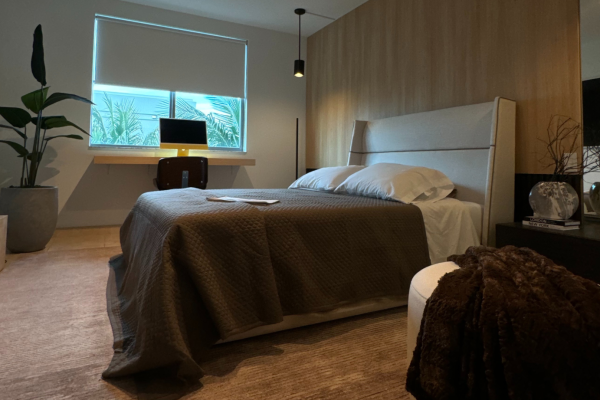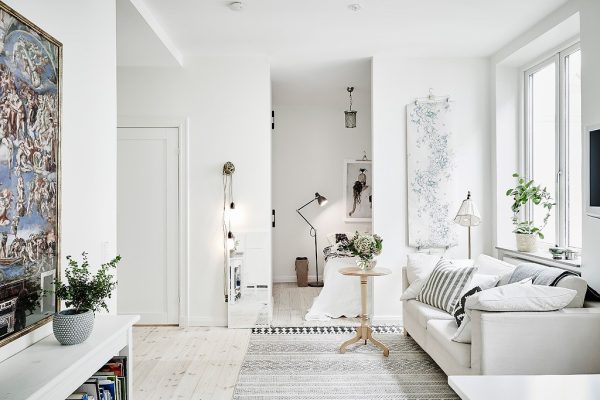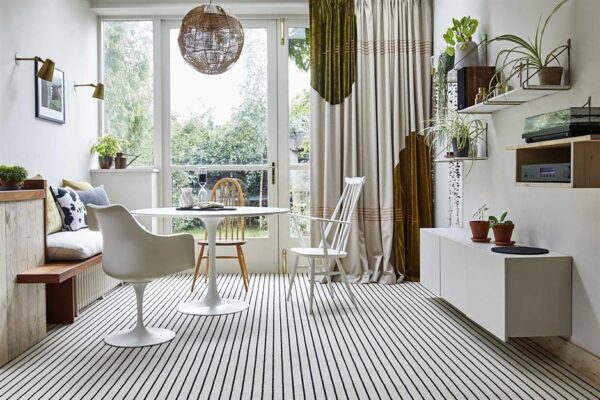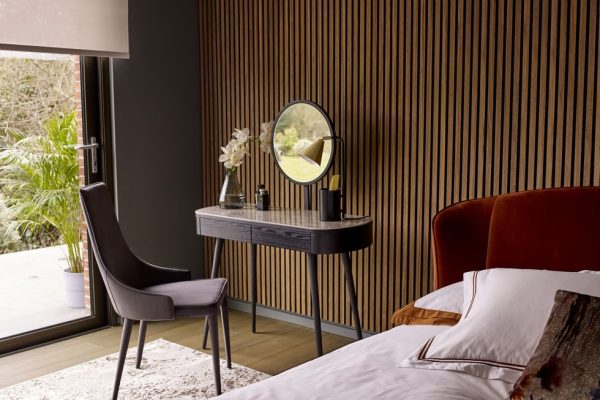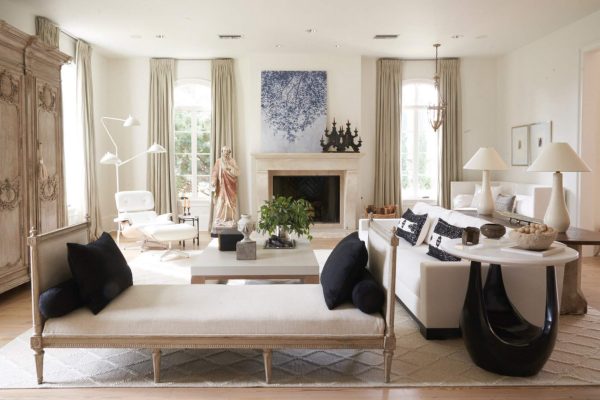
Modern design is a style that often gets confused with minimalism, but it encompasses more than just simplicity. While minimalism focuses on the “less is more” philosophy, modern design is about innovation, functionality, and a fresh take on aesthetics. In this blog, we’ll explore the essence of modern design and provide tips on how to achieve it in your interiors.
Defining Modern Design
Modern design is characterized by several key principles:
1. Clean Lines and Simplicity: Clean, straight lines and uncluttered spaces are fundamental to modern design. It’s not about eliminating all decor but selecting items with a purpose.
2. Neutral Color Palettes: Modern interiors often feature neutral color schemes with bold accents. White, gray, and black serve as a backdrop, while vibrant colors are used sparingly.
3. Minimalism with Purpose: While modern design shares minimalism’s clutter-free philosophy, it incorporates purposeful decor and furniture that makes a statement.
4. Embracing Technology: Modern design embraces technology in the home, from smart home systems to innovative appliances. Tech-savvy solutions are seamlessly integrated.
5. Open and Airy Layouts: Modern spaces are characterized by open layouts that create a sense of spaciousness and connectivity. Few walls or barriers divide rooms.
6. Innovative Materials: Modern design often explores innovative materials like glass, concrete, and metal. These materials add a contemporary edge to the space.
7. Functionality: Modern interiors prioritize functionality. Furniture pieces are selected for their utility, and storage solutions are cleverly integrated.
How to Achieve Modern Design in Your Interiors
1. Select the Right Furniture: Choose furniture with sleek, simple lines and a focus on comfort. Pieces should serve a purpose, whether that’s seating, storage, or a combination of both.
2. Embrace Minimalism: Declutter your space and prioritize quality over quantity. Select decor and furnishings with a purpose, and avoid over-accessorizing.
3. Neutral Base with Bold Accents: Start with a neutral color palette for walls and large furnishings. Introduce bold accents through artwork, rugs, and throw pillows.
4. Incorporate Innovative Materials: Experiment with materials like glass, steel, and concrete in your design. These materials add a contemporary touch.
5. Open Up the Space: If possible, create an open layout that connects living areas. This helps maximize natural light and creates a sense of space.
6. Technology Integration: Embrace smart home technology where it enhances functionality. This can include smart lighting, thermostats, and audio systems.
7. Art and Sculpture: Modern design often features striking artwork and sculptural pieces. These can serve as focal points and add personality to the space.
8. Abundant Lighting: Natural and artificial lighting play a significant role in modern design. Incorporate large windows, and use a mix of ambient, task, and accent lighting.
Conclusion
Modern design is a dynamic and evolving style that celebrates innovation, functionality, and a sense of timelessness. It’s about creating interiors that balance simplicity with purposeful design elements. By embracing clean lines, a neutral backdrop, and innovative materials, you can achieve a modern look that’s both fresh and functional. It’s a style that transcends trends and focuses on enduring design principles.
